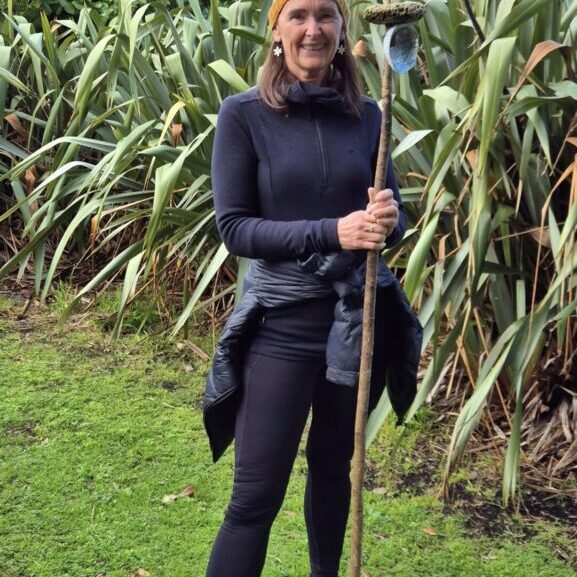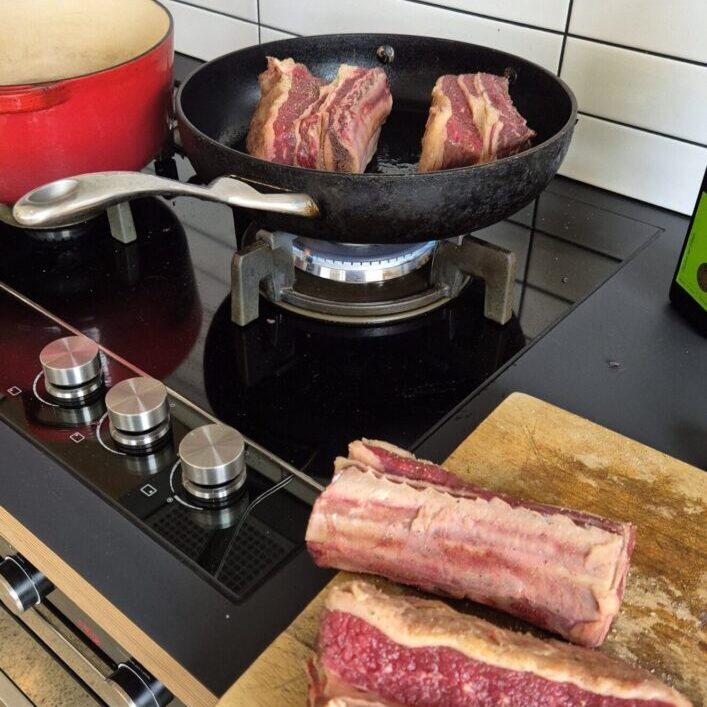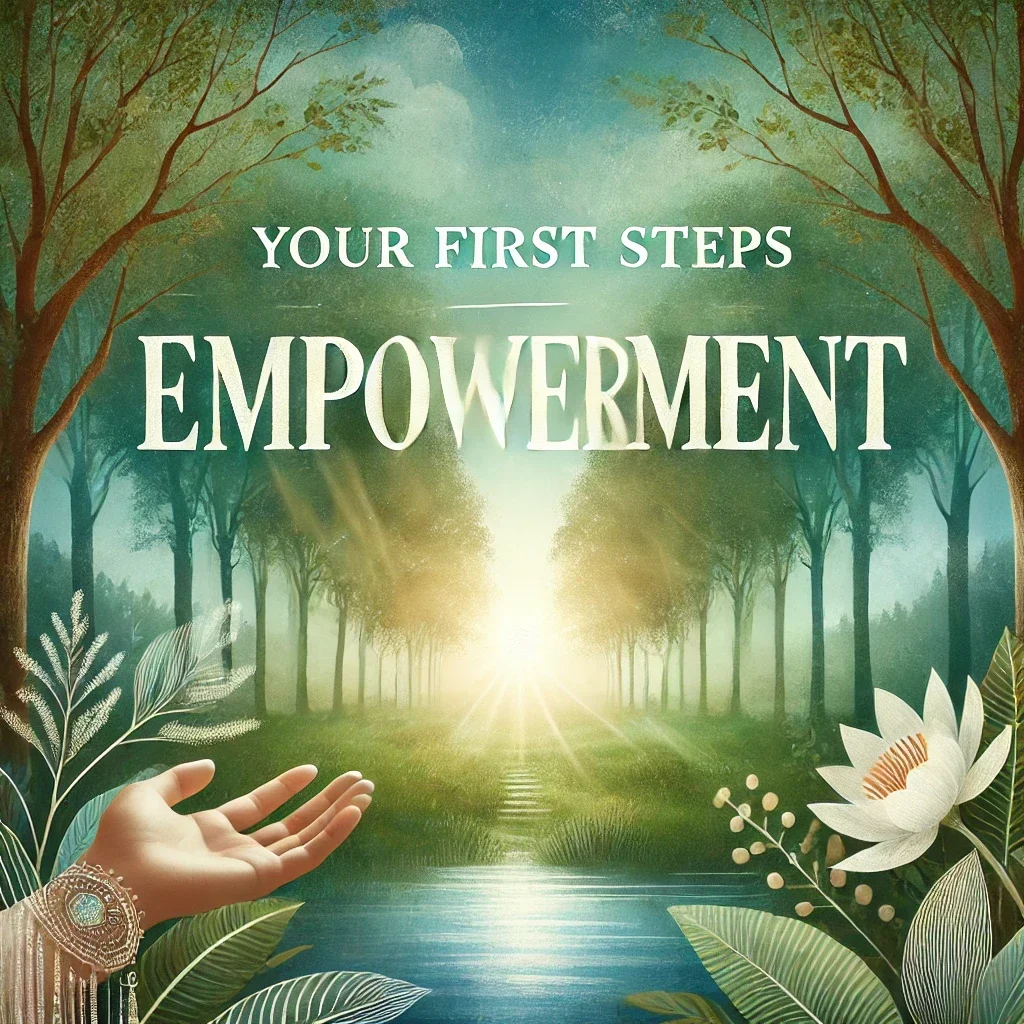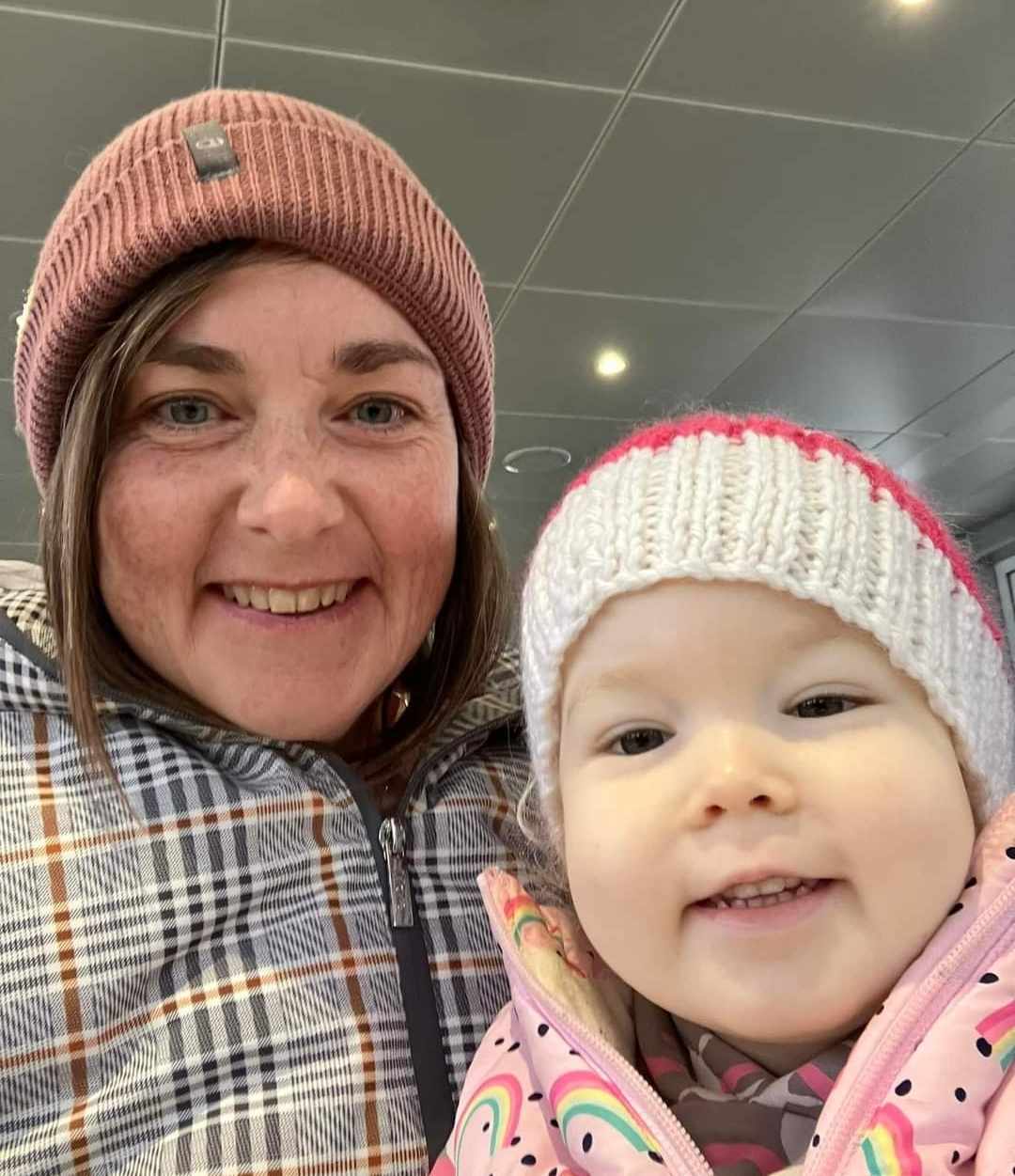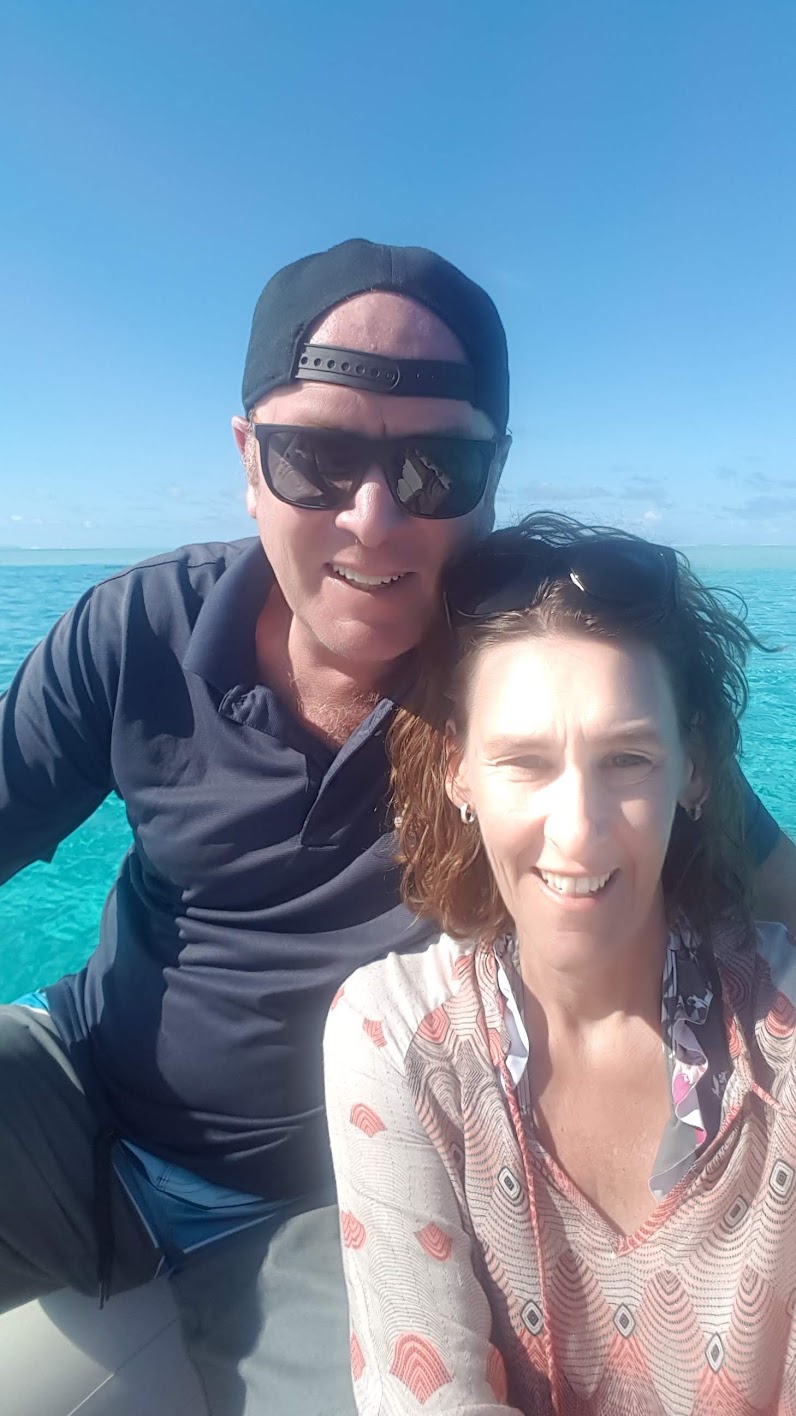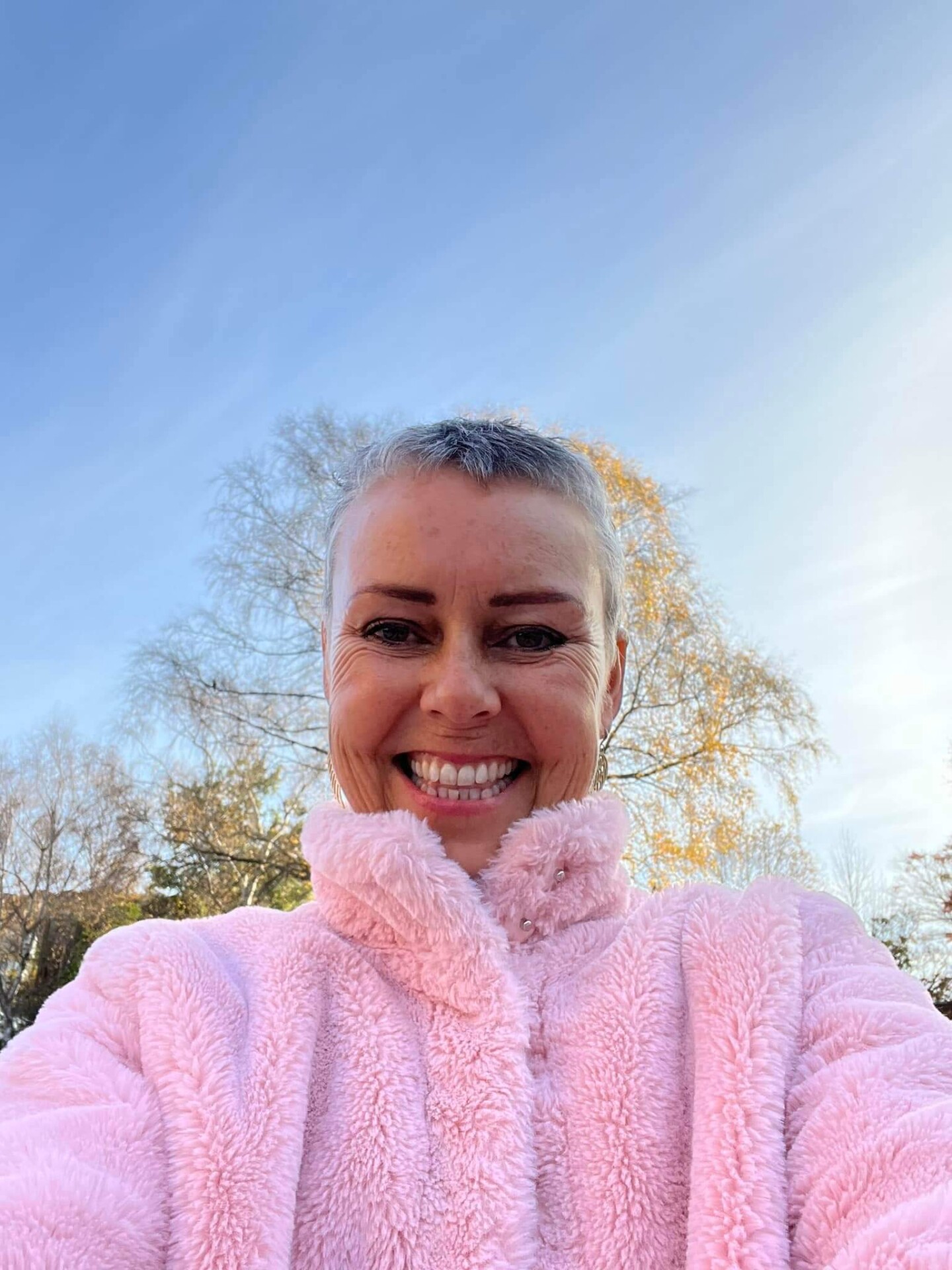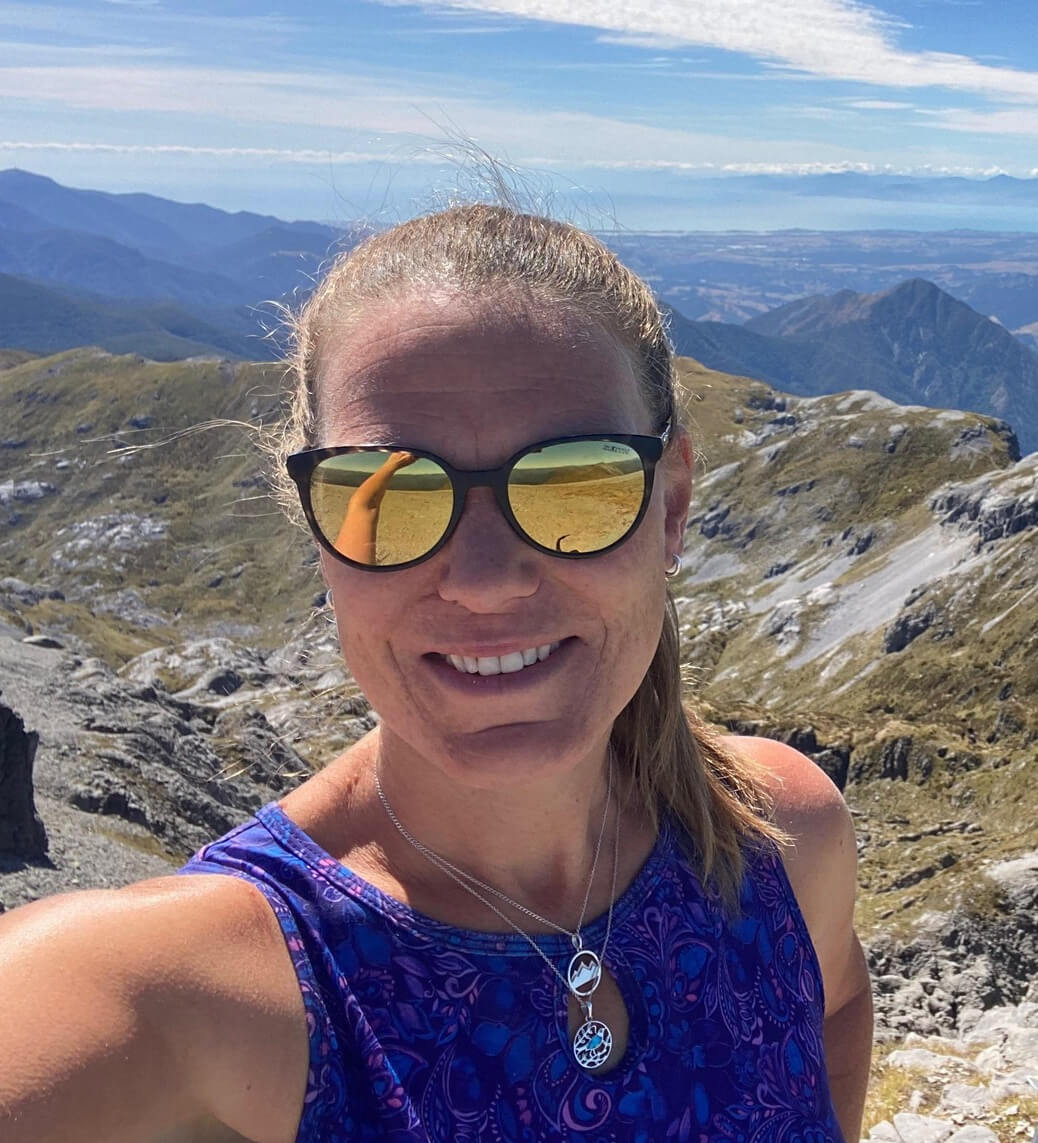Over the last few years in my coaching practice, I have encouraged my cancer clients to get their nutrient levels checked regularly, especially for levels of Vitamin D. Why I do this is because I was shocked by my own incredibly low levels after my cancer diagnosis.
Evidence shows that once you reach a serum Vitamin D level of 100 nmol/l, your risk for cancer plunges by 67 percent, compared to having a level of 50 nmol/l or less. Mine, when tested, was 45 nmol/l….kinda scary stuff really considering I’m a sun worshiper!
What’s even more amazing is what happens when my client’s vitamin D status reaches optimal levels. Having witnessed these changes, there’s no doubt in my mind: vitamin D is an incredibly important nutrient for your health.
That is why in this blog I want to explain the importance of this essential vitamin and give you tips on how to optimise your vitamin D levels.
Let’s start by looking at the massive impact vitamin D has on the health and function of every cell and gene in your body.
Vitamin D has a huge impact on the health and function of your cells. It reduces cellular growth (which promotes cancer) and improves cell differentiation (which puts cells into an anti-cancer state). That makes vitamin D one of the most potent cancer inhibitors — and explains why vitamin D deficiency has been linked to colon, prostate, breast, and ovarian cancer.
Vitamin D controls so many different functions – from preventing cancer, reducing inflammation, boosting mood, easing muscle aches and pain, immune support and building bones.
These are just a few examples of the power of vitamin D. When we don’t get enough it impacts every area of our biology because it affects the way our cells and genes function. And many of us are deficient for one simple reason …
Your body makes vitamin D when it’s exposed to sunlight. In fact, 80 to 100 percent of the vitamin D we need comes from the sun. The problem is that most of us aren’t exposed to enough sunlight and our storage tanks are just empty, especially during winter.
Overuse of sunscreen is one reason in the summer. While these products help protect against skin cancer – they also block a whopping 97 percent of your body’s vitamin D production.
Even if you live in New Zealand, you’re not getting enough sun (probably because our sun is so harsh we tend to stay out of it as much as possible). And you’re probably not eating enough of the few natural dietary sources of vitamin D: fatty wild fish like salmon or taking cod liver oil.
How much vitamin D do we need for OPTIMAL health? How much do we need to prevent autoimmune diseases, high blood pressure, fibromyalgia, depression, osteoporosis, and even cancer?
The answer is, much more than you think.
Our government currently recommends 2,000 IU as the upper limit for vitamin D — but even that may not be high enough for our sun-drenched population! In countries where sun exposure provides the equivalent of 10,000 IU a day and people have vitamin D blood levels of 105 to 163 nmol/L, autoimmune diseases (like multiple sclerosis, type 1 diabetes, inflammatory bowel disease, rheumatoid arthritis, and lupus) are uncommon.
My Naturopath recommends I supplement with a minimum of 5,000 IU during winter, however, I did take 10,000IU every day initially and I kept a check on my levels with 3 monthly blood tests.
Don’t be scared that amounts that high are toxic: One study of healthy young men receiving 10,000 IU of vitamin D for 20 weeks showed no toxicity.
So here is my advice for getting optimal levels of vitamin D:
1. Get tested for Vitamin D.
You should be able to get a self-requested Vitamin D blood test from a PathLab for around $40 (NZ) The current ranges for “normal” is 50 – 150 nmol/ L. These levels are fine if you want to prevent rickets – but NOT for optimal health or cancer. In that case, I like everyone to be at least over 80 but if you have any health concerns to get it up to 120. For anyone with autoimmunity/cancer, I have them get there levels up to 150. (I went to a healing cancer naturally conference presented by Marcus Freudenmann – producer of “Truly Heal” documentary for cancer and these were his suggested levels.
2. Take the right type of vitamin D. The only active form of vitamin D is vitamin D3 (cholecalciferol). Look for this type. Many vitamins and prescriptions of vitamin D have vitamin D2 – which is not biologically active.
3. Take the right amount of vitamin D. If you have a deficiency, you should correct it with 5,000 to 10,000 IU of vitamin D3 a day for 3 months — but only under your doctor or naturopath’s supervision.
For maintenance, take 2,000 to 4,000 IU a day of vitamin D3. Some people may need higher doses over the long run to maintain optimal levels because of differences in vitamin D receptors, living in lower sun latitudes, indoor living, or skin color.
4. Monitor your vitamin D status until you are in the optimal range especially If you are taking high doses (10,000 IU a day) every 3 months.
5. Remember that it takes up to 6 to 10 months to “fill up the tank” for vitamin D if you’re deficient. Once this occurs, you can lower the dose to the maintenance dose of 2,000 to 4,000 units a day.
6. Try to eat dietary sources of vitamin D. These include:
• Fish liver oils, such as cod liver oil.
• Cooked wild salmon.
• Sardines, canned in oil, drained.
• One whole egg
You can now see why I feel so passionately about vitamin D. This vitamin is critical for good health. So start aiming for optimal levels – and watch how your health improves.




